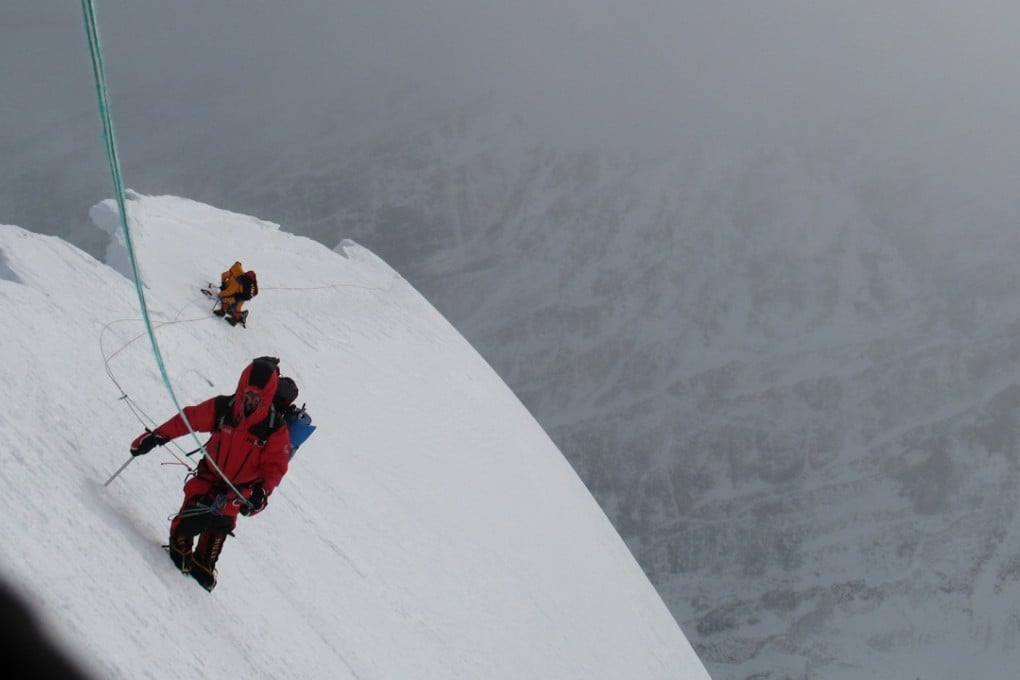How Poland’s ‘ice warriors’ aim to to become first team to summit K2 – the ‘Savage Mountain’ that kills one in four climbers – in winter
Feared Himalayan mountain is the last 8,000-metre peak that has not been climbed in winter, and a team will brave deadly conditions to close a chapter in Poland’s history

Only 375 people have conquered K2 since it was first climbed in 1954 by an Italian expedition, and 86 people have died trying. Compare that with 7,500 successful attempts to reach the top of Everest – some by the same people multiple times – and 287 deaths.
Now you begin to understand why K2 – the second-highest mountain in the world which straddles the border between China’s Xinjiang province and Pakistan – is called ‘The Savage Mountain’. That’s a 23 per cent death rate compared with a 4 per cent rate on Everest, according to climbing blogger Alan Arenette.
It is the last 8,000-metre peak that has not been climbed in winter, but that might be about to change. A Polish expedition will attempt to ascend K2’s perilous slopes this winter.
It should come as no surprise to the climbing community that it is the Poles who have decided to embark on this mission. Winter mountaineering is a national obsession, and of the 14 peaks over 8,000 metres in the world, 10 winter first ascents were made by Polish teams.
Three failed attempts have been made to reach the top of K2 in winter. Even during last summer’s season, no one reached the top.
Hong Kong climber Alain Chu, who has made first ascents in both the Himalayas and Mongolia, said: “Those who can climb K2 and come back alive are elite climbers. It’s not like Everest, where there are many commercial expeditions. K2 is a different story.”